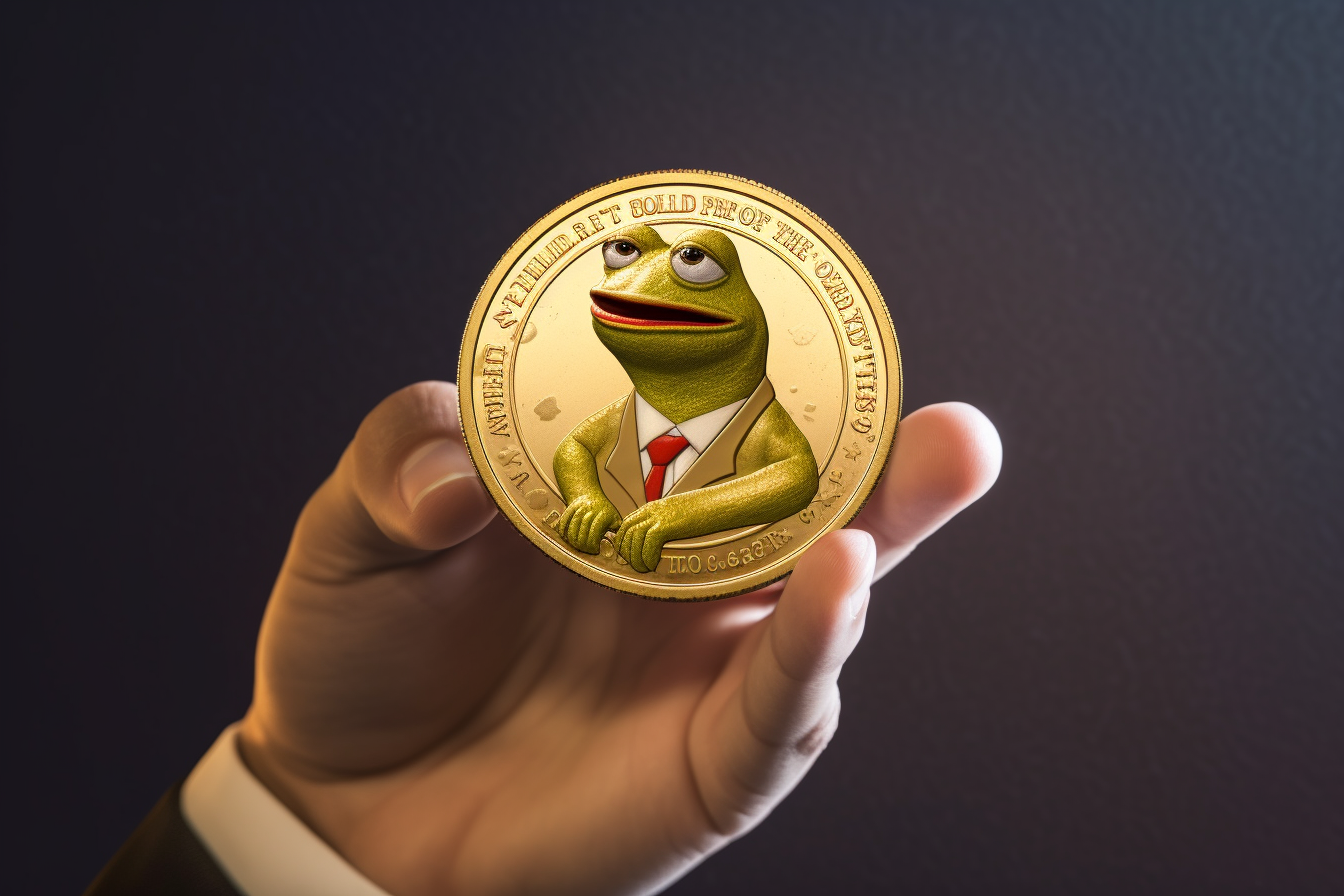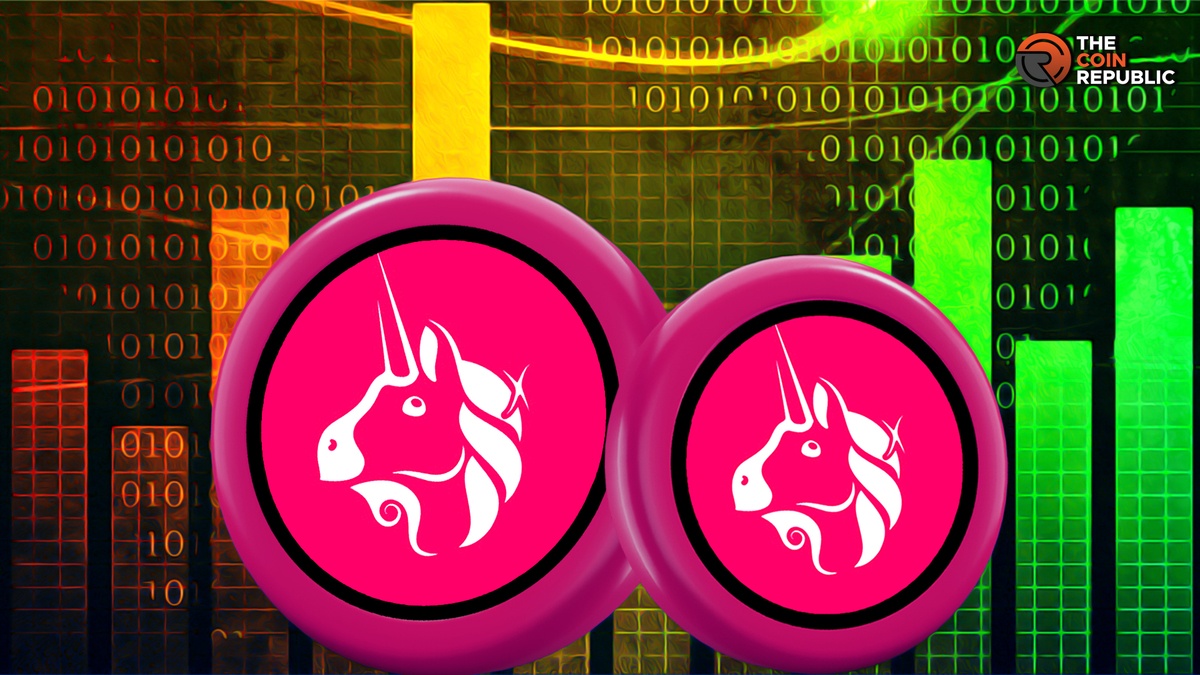The internet is a breeding ground for memes, those short-lived cultural phenomena that take social media by storm. One such meme, Pepe the Frog, a mischievous amphibian with endless variations, has defied expectations by leaping from the digital world into the realm of cryptocurrency. Enter Pepe Coin (PEPE), a token aiming to become the most widely used and fondly remembered meme coin ever created.
But before we get swept away in the frenzy, a crucial question arises: is Pepe Coin a legitimate player poised to disrupt the crypto market, or merely a fleeting fad destined to fade into obscurity? One of its key features is the enticing promise of “zero taxes,” a potential boom for investors seeking to avoid transaction fees often associated with cryptocurrency exchanges. However, this perk alone doesn’t guarantee long-term success.
To understand Pepe Coin’s true potential, we need to look deeper. Does the project have a clear roadmap outlining its development goals and future utility? Is there a dedicated team actively working to build a strong community and drive real-world adoption? Has the project undergone independent audits to ensure transparency and security?
Origination of Pepe Coin:
Pepe the Frog’s path from a comic strip character to a cryptocurrency is a wild ride that reflects the unpredictable nature of internet culture. Born in the panels of Matt Furie’s “Boy’s Club,” Pepe started as a chill frog expressing relatable emotions through the catchphrase “feels good man.” His versatility as a meme format allowed him to morph into countless situations, often conveying humor or irony through various expressions. However, Pepe’s journey took a dark turn in the mid-2010s. Far-right groups hijacked the meme, twisting it into a symbol of hate and intolerance. This negative appropriation culminated in the Anti-Defamation League (ADL) controversially adding Pepe to their database of hate symbols, much to the dismay of Furie, who openly opposed this association.
Despite the controversy, a new chapter emerged for Pepe in 2021 (with an official launch in April 2023) with the arrival of Pepe Coin. This cryptocurrency capitalized on Pepe’s widespread recognition, aiming to reclaim the meme from its negative connotations. The creators positioned PEPE Coin as a lighthearted, community-driven cryptocurrency that celebrates memes and internet culture. This move highlights the ongoing struggle to define Pepe’s image
Pepe Coin’s Current State: A Mixed Bag
So, how is Pepe Coin faring today? There’s no easy answer. Here’s a breakdown of its current state:
- Price and Market Cap: There’s significant discrepancy between major crypto data aggregators. According to CoinMarketCap, PEPE is trading at a much lower price (around $0.000002) with a market cap unavailable. However, Binance and CoinDesk report a higher price (around $0.000008) and a market cap in the billions. This inconsistency raises concerns about PEPE’s true market value.
- Trading Volume: While some sources report a high 24-hour trading volume (over $1 billion on Binance), others show a much lower figure (around $39 million on CoinMarketCap). This disparity further clouds the picture of PEPE’s actual trading activity.
- Supply and Distribution: There’s a total supply of 420,690 billion PEPE, a reference to internet meme culture. A significant portion (over 93%) is allocated to the liquidity pool, while the remaining is reserved for future exchange listings and development.

Technical Analysis and Concerns
Looking deeper, several technical aspects raise concerns about PEPE’s long-term viability:
- Limited Use Case: Unlike established cryptocurrencies with specific utilities (e.g., Ethereum for smart contracts), PEPE currently lacks a clear use case beyond being a meme-based token.
- Centralized Control: While the contract is renounced (supposedly increasing security), a significant portion of tokens is held in a multi-signature wallet, raising concerns about potential manipulation.
- Community and Hype: A strong community is crucial for any cryptocurrency’s success. While PEPE has a community element, it’s unclear how dedicated and long-term it is. Meme-driven hype can be fleeting, raising questions about PEPE’s future growth.
Is Pepe Coin a Viable Investment?
Given the above, investing in PEPE is a high-risk proposition. Here’s why:
- Volatility: The significant price discrepancies and high reported trading volume raise questions about the coin’s true value and potential for manipulation.
- Limited Adoption: Widespread adoption by exchanges and businesses is essential for any cryptocurrency’s success. PEPE’s current adoption seems limited.
- Meme-Based Hype: Meme culture is fast-paced. What’s hot today might be forgotten tomorrow. PEPE’s long-term value hinges on its ability to evolve beyond the meme.
Alternatives to Consider
If you’re interested in meme-inspired cryptocurrencies, consider established projects with broader utility, like Dogecoin (DOGE) or Shiba Inu (SHIB). While still volatile, they offer more established communities and use cases.
Read: Shiba Inu Coin: 50% Drop in 24 Hours – Is the “Dogecoin Killer” Down for the Count?
The Future of Pepe Coin:
Predicting PEPE’s future is difficult. It could potentially:
- Carve a Niche: If the project develops a strong community and a clear use case, it might carve a niche in the meme-coin market.
- Fade Away: The more likely scenario is that PEPE fades into obscurity, as many meme-based coins have done in the past.
Investing in PEPE? Proceed with Caution
If you’re still considering PEPE, do your thorough research, understand the high risks involved, and only invest a small amount you can afford to lose.The answers to these questions will ultimately determine whether Pepe Coin transcends its meme-based origins and establishes itself as a credible force in the ever-evolving cryptocurrency landscape. While the “frog for the people” tagline might resonate with some, for Pepe Coin to achieve lasting success, it needs to offer more than just a catchy slogan and a lack of transaction fees. Only time will tell if Pepe Coin can transform from a playful internet meme into a powerful financial instrument.



